Graf Zeppelin II
Production Time 9 to 10 weeks
Shipment is by FedEx, UPS or DHL International Express Courier with a normal door-to-door delivery time worldwide of within 2-3 business days after dispatch. Due to the current volatility of world fuel prices, the amount mentioned here is our best estimate for DHL and UPS and may be subject to change at the time of shipping.

Model Description: Graf Zeppelin II Wood Finish Scale Custom Model
Manufacturer: Luftschiffbau Zeppelin
Wingspan: 3.4 Inches (8.6 Centimeters)
Height: 3.4 Inches (8.6 Centimeters)
Scale: 1:482
$209.50
Production Time 9 to 10 weeks
-
United States dollar ($)
-
Pound sterling (£)
-
Euro (€)
-
Australian dollar ($)
-
Canadian dollar ($)
-
Singapore dollar ($)
-
Swiss franc (CHF)
-
Japanese yen (¥)
-
Danish krone (kr.)
-
Hong Kong dollar ($)
-
Norwegian krone (kr)
-
Swedish krona (kr)
-
United Arab Emirates dirham (د.إ)
General Product Description
Our PlaneArts Graf Zeppelin II model exhibits unique, unrivaled quality and detailed design to come as close as possible to the accuracy of the actual airship. It comes as standard with a robust, durable base or stand which is available in a variety of different finishes designed to match your own personal requirements including solid wood, wood with polished metal supports or adjustable wood wall mount and will be ready within about 9-10 weeks from placement of order.
The Graf Zeppelin II is made of the finest kiln dried renewable mahogany wood (commonly known as Lauan or Meranti) which has undergone many stages of carving and meticulous and careful sanding giving the beautiful, finished museum quality masterpiece. Many collectors and model connoisseurs demonstrate their preference for genuine handmade and hand painted mahogany wood models rather than plastic or die cast (diecast) alternatives due to the overall look and totally different feel of the item - we trust you will find the same. We can however, if required produce the same model in Solid Cast Resin so just click and contact us for further information. Our craftsmen and gifted artisans ensure that our finely handcrafted model airplanes match the precise blueprint details of the original aircraft. The paint scheme, markings and parts are closely matched, reflecting the original aircraft. This stylish top-quality desktop replica model will surely enthrall anyone who receives this as a gift and for sure one of the most appropriate and desirably collectable gifts for any aviation enthusiast and avid airship, blimp or dirigible collector whilst also displaying a perfect resemblance to the actual real life version.
If you require we can also make the Graf Zeppelin II model in any other airline, private livery or colour scheme you require and if necessary in a different size or scale. Just click here to contact us with a description or photographs of what you require and we will let you have a quotation for the necessary customization by return email. We can also make bespoke scale replicas of any other private / civil commercial airliner or airliners, helicopter, glider, gliders with engines, military jet, warplane jets, propeller warplanes, biplane, triplane, tail fin, spacecraft, rocket or NASA model you require in any airline, military or civilian livery or colors. We also produce boat and ship collectibles. Wall plaque or seal for military, government or private customers. Again by clicking here to contact us just let us know exactly what you need.
The Graf Zeppelin II: A Glimpse into Aviation History
The Graf Zeppelin II, designated as LZ 130, stands as one of the last great airships developed by the Zeppelin Company before the cessation of airship operations. Despite its short operational life, the Graf Zeppelin II remains a significant chapter in the annals of aviation history, exemplifying both technological advancement and the ultimate decline of rigid airships as a popular mode of transportation. This article delves into the key features of the Graf Zeppelin II, offering insights into its design, technology, and historical context.
Introduction to the Graf Zeppelin II
Constructed as a successor to the illustrious Graf Zeppelin (LZ 127), the Graf Zeppelin II first took to the skies on September 14, 1938. This airship was part of Germany’s ambitious plans to revitalize and expand their airship fleet, incorporating many advancements that were a result of lessons learned from earlier designs. However, the outbreak of World War II and the ensuing shift in priorities led to its short-lived use in the air.
Design and Specifications:
The Graf Zeppelin II was larger than its predecessor, measuring approximately 245 meters in length with a diameter of 41.2 meters, and a gas volume of 200,000 cubic meters. It was powered by four Daimler-Benz DB 602 engines, each capable of producing 1,200 horsepower. This setup allowed the airship to reach a maximum speed of 131 kilometers per hour, with a cruising speed of around 117 kilometers per hour.
Hull and Structure:
The airship’s framework was made primarily of duralumin, an aluminum alloy known for its strength and light weight. The structure was designed to house 12 gas cells made of gelatinized cotton, which contained hydrogen gas for buoyancy. Despite the known risks associated with hydrogen, it was still the lifting gas of choice due to its superior lifting capabilities compared to helium, which was scarce and controlled by the United States at the time.
Navigation and Control:
The control car of the Graf Zeppelin II was equipped with the latest navigation instruments of the era, including radio direction-finding equipment, an altimeter, and a gyrocompass. This instrumentation was crucial for transcontinental and transoceanic flights, where precise navigation was necessary.
Key Features and Innovations:
One of the most significant innovations of the Graf Zeppelin II was its use of a new helical antenna, which ran almost the entire length of the ship. This was intended to improve long-range radio communications, a critical aspect for maintaining contact during extended voyages. Additionally, the airship featured improved passenger accommodations, although it never served in a commercial capacity.
Military Potential and Espionage Missions:
Although primarily designed for civilian use, the Graf Zeppelin II was also explored for military potential by the Nazi regime. It conducted several espionage missions, using its ability to fly at high altitudes to avoid detection while gathering intelligence. These missions, however, did little to change the fate of the airship program, which was deemed impractical for wartime needs.
Legacy and Conclusion:
The Graf Zeppelin II’s final flight occurred on May 6, 1940, after which it was retired and subsequently scrapped in 1941 as metal resources became crucial for the war effort. The airship stands as a testament to the zenith of airship technology and the end of an era in aviation history. Today, the Graf Zeppelin II is remembered not only for its technological advancements but also as a poignant symbol of the shifting tides of transportation and military strategy on the eve of World War II.
In conclusion, the Graf Zeppelin II encapsulates a period of both innovation and obsolescence, marked by its majestic design and untimely demise. Its story is a fascinating chapter in the broader narrative of aviation history, reflecting the complexities and challenges of airship travel during the tumultuous times leading up to the Second World War.
| Weight | 6 kg |
|---|---|
| Dimensions | 20 × 3.4 × 3.4 in |

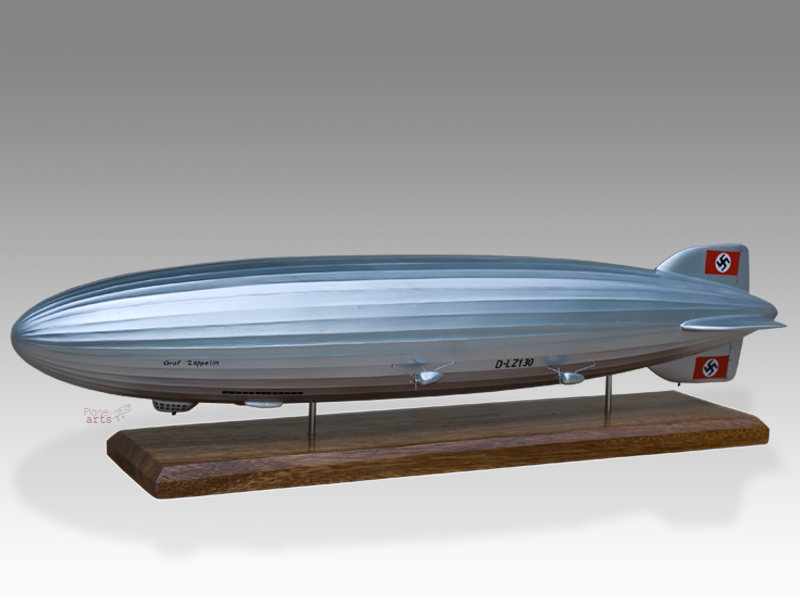
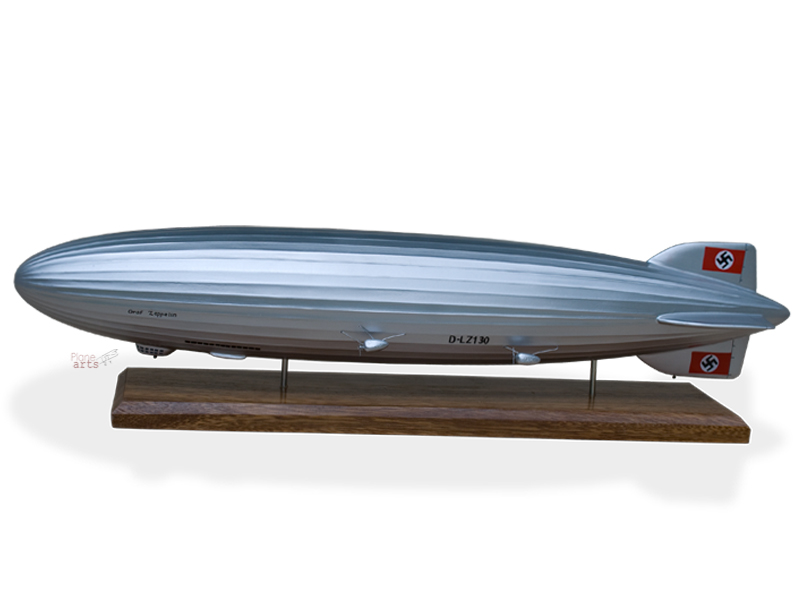
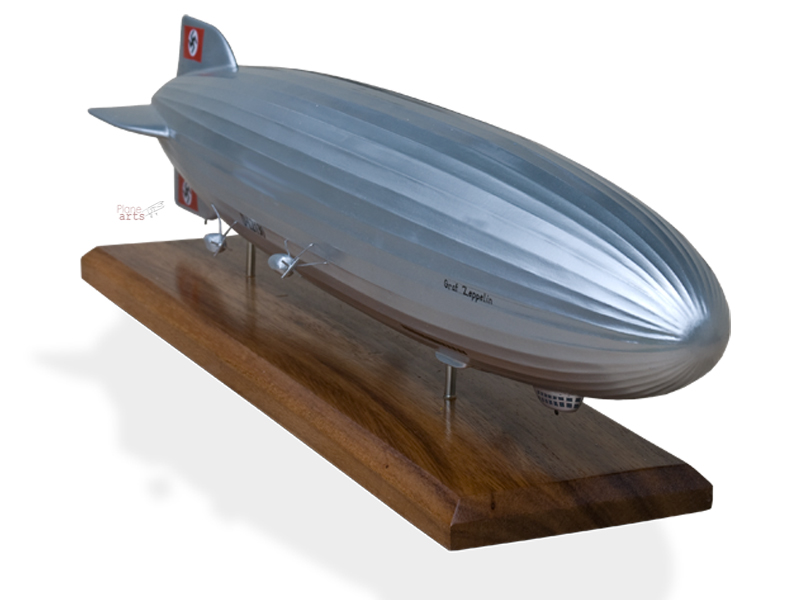
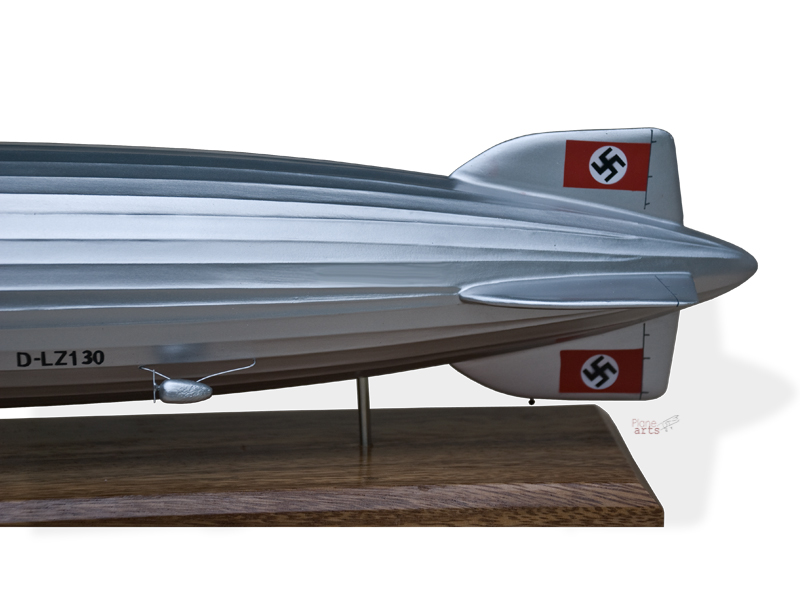
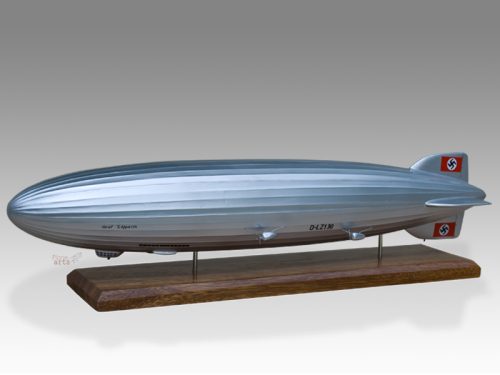
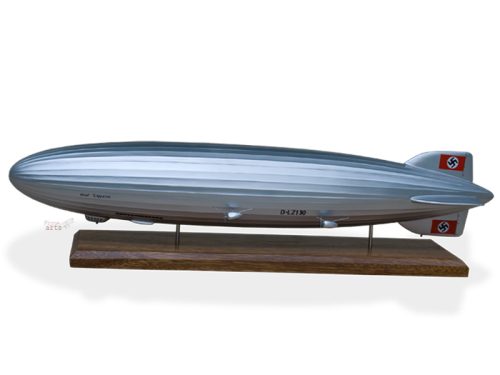
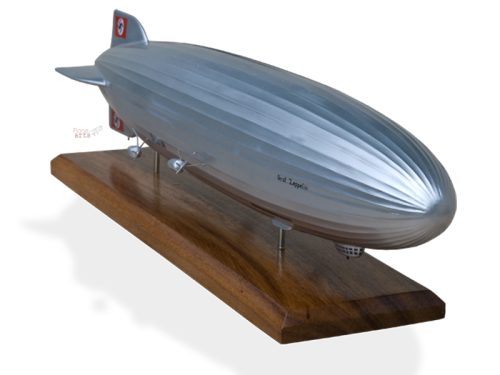
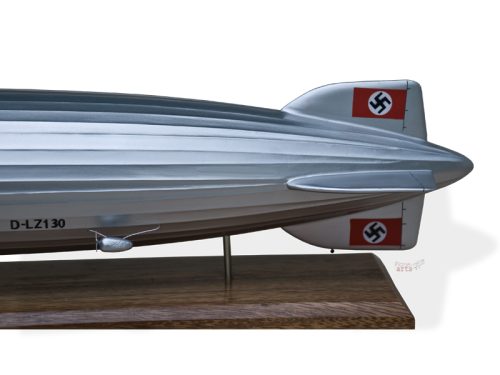
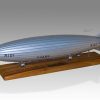
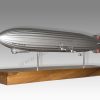
Reviews
There are no reviews yet.